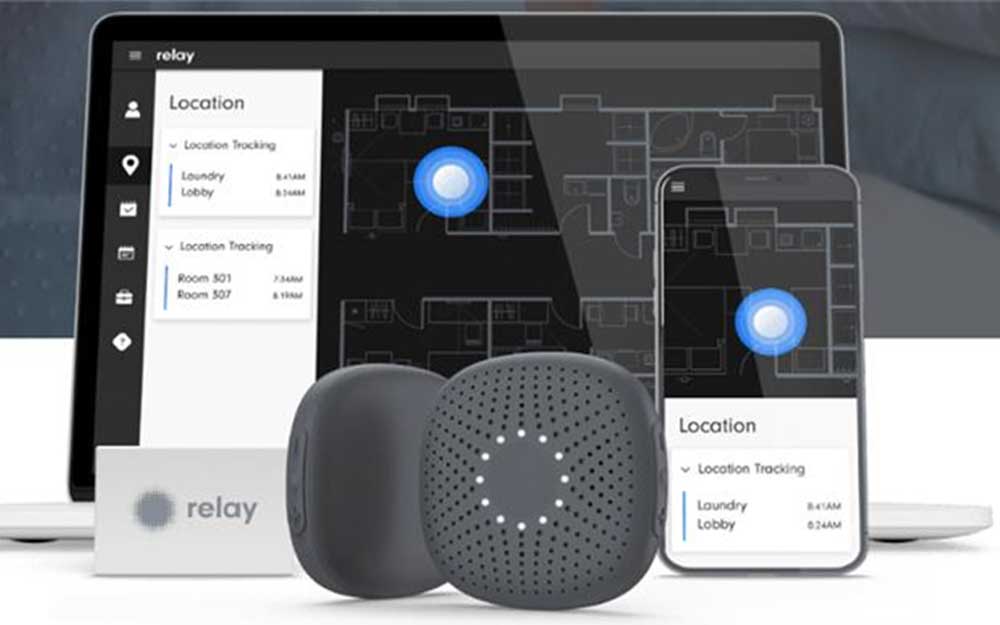
Rogers study to examine effectiveness of direct current brain stimulation in reducing OCD symptoms
06/12/24 12:00:pmOne way or another, mental health treatment aims to get inside a patient’s head. While that can mean a focus on improving processes within one’s mind, innovative technology can also directly target the brain itself. Researchers are combining the two approaches in a pioneering Rogers Research Center pilot study.
Rogers researchers will test tDCS alongside treatment for OCD, delivering the brain stimulation to patients for about 20 minutes before traditional exposure and response prevention (ERP) therapy.
“We’re covering new ground in a few different ways with this study. Most tDCS research has been done on depression, and it’s been more nonspecific,” says Dr. Jeff Engelmann, research psychologist. “We’re specifically trying to enhance what’s learned during exposures. We will also be the first to look at patients with more severe OCD symptoms who may be more likely to benefit from the device’s treatment.”
Dr. Engelmann says in recent years, tDCS technology has become more selective, allowing for electrodes to better target specific brain regions such as the medial prefrontal cortex, which is located above your nose. Stimulating that area of the brain could help people learn to not be as afraid in situations that would usually make them fearful.
“It’s almost like the brake that helps turn off your fear,” Dr. Engelmann explains, saying the electrical current can help strengthen activation in the medial prefrontal cortex. “The idea with tDCS is, if we can stimulate that part of the brain right before somebody does exposure therapy, it might enhance the new connections that are formed in that area, and they’re more likely to retain what they learn doing exposure therapy.”
“Hopefully it’ll help people either get better faster or reduce overall symptoms,” Dr. Engelmann says. “I think the preliminary studies done elsewhere look promising.”
While the study will also measure how well tDCS is tolerated in patients, Dr. Engelmann says there are no known major risks associated with the low current of electric stimulation.
He says this is Rogers Research Center’s first device study that is prospective, looking at new results rather than using existing information.
“Most of the studies being done up to this point have been retrospective, such as looking back on charts,” Dr. Engelmann says. “This study is an important milestone for innovation in general at Rogers.”
He adds that this study can pave the way for future work in the area, including potential research grants to support a larger-scale study.
“We’re seeing if this will show any hint of working that would warrant a bigger study,” he explains. “I think we stand a better chance by directly pairing tDCS with the exposures and by offering it to patients who have more severe symptoms and more room for improvement. I’m hopeful this will not only help patients enrolled in this study, but people who could benefit from this technology in the future.”





